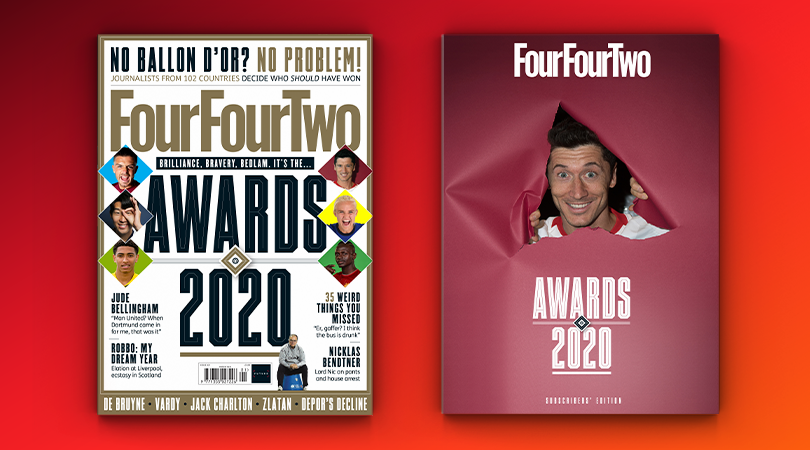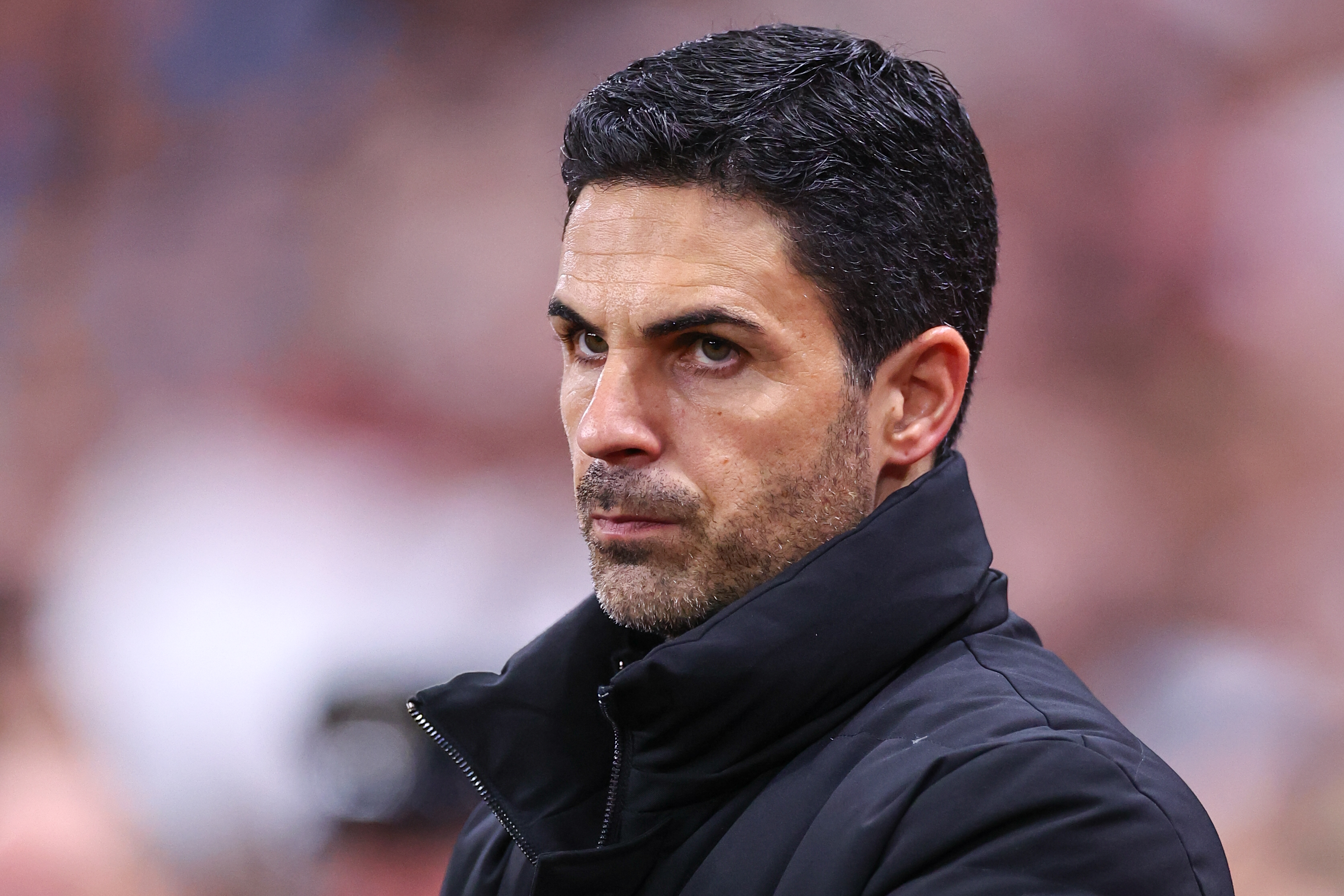Have Sheffield United's tactics become their biggest problem?
Chris Wilder's Sheffield United were one of the most tactically intriguing sides in the Premier League last season – but their blueprint is now holding them back

Sheffield United took six points in four days in July. If it felt admirable then, it looks remarkable since. Their subsequent haul of two points puts them on course for just 4.47 this season. If Derby’s Premier League low of 11 seemed a record that bordered on the unbreakable, it may be smashed. The Blades’ season is no longer about preventing relegation, but about avoiding ignominy.
Wretched runs tend to prompt experimentation that stems from desperation. Maybe a change of absolutely anything will bring a change of luck. Not at Bramall Lane, however. Chris Wilder has retained the three centre-back system that underpinned United’s rise from League One to the top half of the Premier League. The only tinkering has come when 5-3-2 has given way to 5-2-3. Or, depending upon the emphasis placed on the wing-backs, 3-5-2 has become 3-4-3.
If United’s surge was a triumph of tactics, their fall is in part a failure of them. Not Wilder’s specifically, however, but a problem with 5-3-2. There are other factors, of course: the loss of Dean Henderson and his replacement with the inferior Aaron Ramsdale, injuries, a lucklessness in close games, poor recruitment and the reality that the club record signing Rhian Brewster is yet to deliver a goal. Their wage bill and ability levels may be of a Championship team anyway: it is what made their overachievement so staggering.

But there are also systemic issues. United’s 5-3-2 befuddled three different divisions. There is a theory that promoted clubs need to do something different to cancel out the talent gulf and United’s overlapping centre-backs offered a tactical evolution, generating overloads, creating unusual angles, posing questions of who to mark.
Their regression this season can be attributed to the absence of Jack O’Connell, injured and irreplaceable. Wilder has tried a host of others at left centre-back – Jack Robinson, Enda Stevens, Kean Bryan, Phil Jagielka – but no one else has overlapped as effectively. The right-sided combination of Chris Basham and George Baldock have fared better – they seem to be in a two-man contest for the Blades’ player-of-the-otherwise-awful-year competition - but without left-sided counterparts, United have been stripped of the special ingredient. They are just another 5-3-2 side.
And the problem with 5-3-2 (and as most wing-backs are more full-backs than wingers, it usually is 5-3-2) is that it can produce teams who struggle to score. Two blocks of three in central areas can make them hard to break down, but tends to mean only two players are found in the final third, and those strikers have to be self-sufficient. It is why 3-4-3 can offer more attacking thrust; Antonio Conte’s Chelsea had the potency to win the Premier League deploying it, in effect using two inside-forwards in pockets of space.
United played a variant of it in the Championship, a 3-4-1-2 with Mark Duffy as a No. 10 who rarely scored but whose movement was terrific and who often veered out to either flank to add to the overloads. But no system is perfect and that only contains two central midfielders: come the Premier League, Wilder wanted the security of a third central midfielder.
The best features, fun and footballing quizzes, straight to your inbox every week.
United’s 5-3-2 worked in part last season because John Lundstram and John Fleck got five Premier League goals apiece, which may never happen again. Now United’s midfield have one goal between them: a Sander Berge penalty. They only have two assists: one each for Berge and Lundstram.
It leaves the strikers – none of whom have ever scored more than six Premier League goals in a season, and at a club whose wage structure does not stretch to more proven performers – with too much to do. David McGoldrick’s return of four goals and one assist feels more than respectable, but while fielding two strikers can simplistically be seen as an attacking move, 5-3-2 tends to be a largely defensive system.
It explains the entire managerial career of Brian Little, whose teams were often excellent defensively but tended to score too few goals. Now United are the lowest scorers in the country, but have conceded 10 fewer goals than West Bromwich Albion. Theirs is not the defensive record of potentially the worst team ever – statistically, anyway – in Premier League history but it shows that when 5-3-2 fails, it can produce relatively solid but sterile sides.
While you’re here, subscribe to FourFourTwo and get three copies of the magazine for just £3. It’s the perfect gift idea for anybody who loves football (including yourself)...
NOW READ
FFT'S ALTERNATIVE AWARDS 2020 Who won the Masterclass, Disasterclass, Breakthrough, Comeback and Hero of the Year?
Richard Jolly also writes for the National, the Guardian, the Observer, the Straits Times, the Independent, Sporting Life, Football 365 and the Blizzard. He has written for the FourFourTwo website since 2018 and for the magazine in the 1990s and the 2020s, but not in between. He has covered 1500+ games and remembers a disturbing number of the 0-0 draws.

